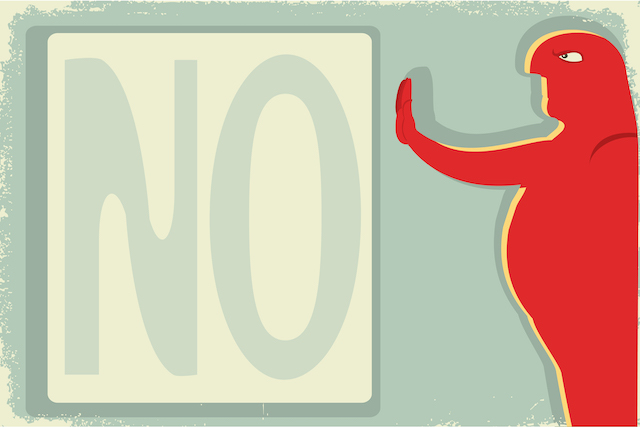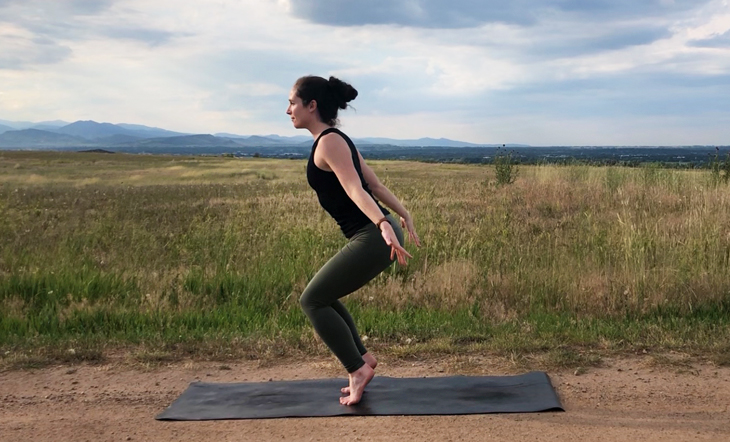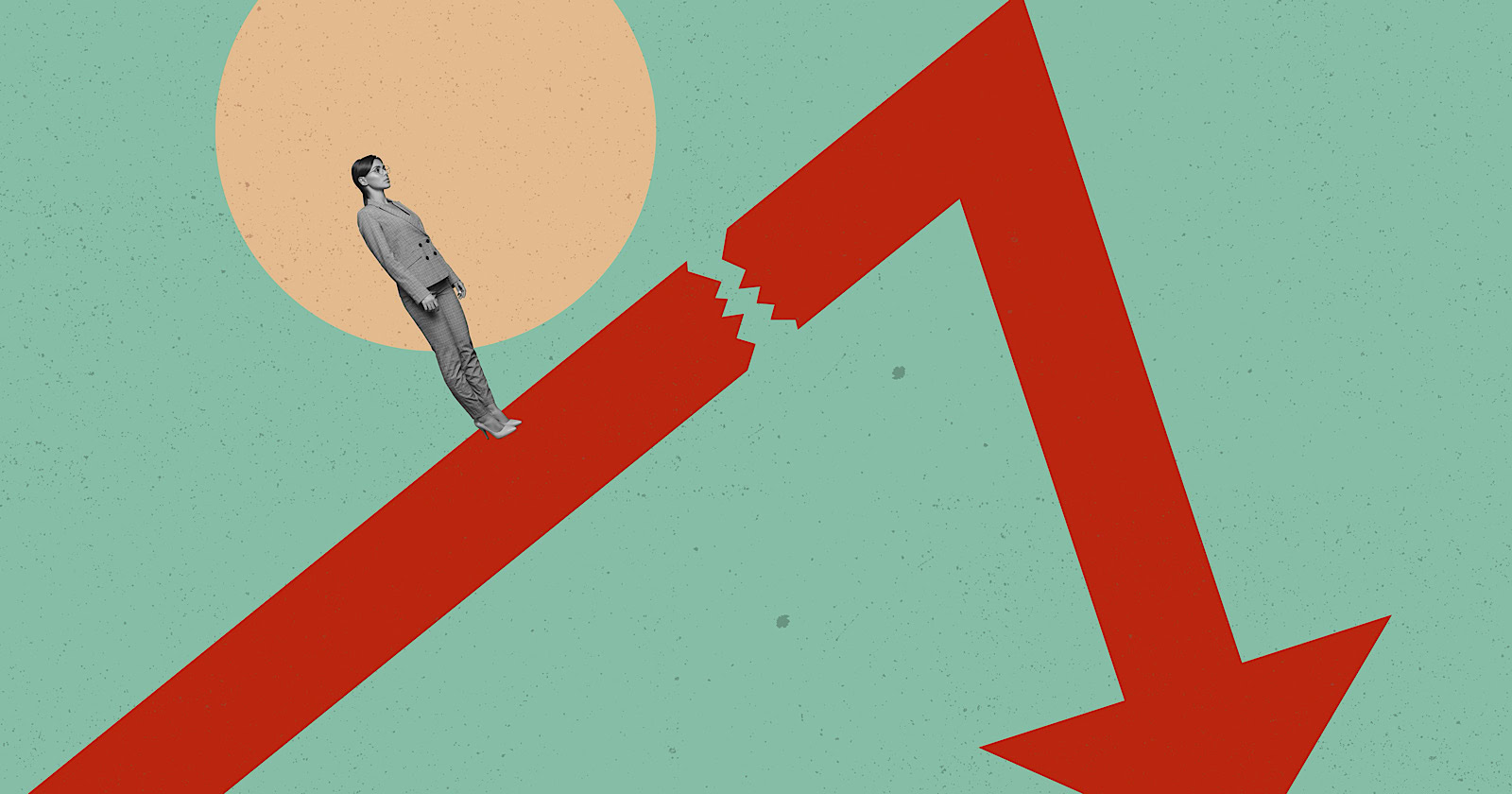Overcome Overwhelm
If you try to push away the sensation of being overwhelmed, it only gets worse. Brother Phap Huu on how to truly feel calm, stable, and refreshed. The post Overcome Overwhelm appeared first on Lion’s Roar.

When I’m overwhelmed, it’s so easy to beat myself up and to say, “Oh my God, I’ve been a practitioner for so long, I should be able to handle this,” or, “I’m an adult, I should have my two feet on the ground. I should be solid.” When we hold positions of responsibility in the world, we may think, “I’m a leader, I’m a parent, I’m a teacher; I shouldn’t feel like this.” By feeling guilty about our inability to deal with a given situation, we’re adding layers to an already overwhelming sensation of chaos within us.
How do we stop this cycle of blaming, judging, and criticizing ourselves? With our mindful breathing, we can learn to identify and stop our unhelpful thinking. Stopping is the first wing of meditation, and in order to really stop, we must offer ourselves a very concrete practice. We can’t just say to ourselves, “Stop, don’t do anything,” because by saying this, we’re actually pushing down and stirring up our emotions even more.
“This is the practice: we learn to embrace the sensation of being overwhelmed, instead of pushing it away.”
When I practice stopping, I like to come back to my body as an indicator of how I am doing. When the sensation of stress manifests, tension arises in my shoulders, in my neck, maybe in my face—perhaps my jawline is really tense, or my gaze becomes intense. Coming back to my body, I scan the different parts to see where there is tension. Sometimes the tension is in my breath. When I’m overwhelmed, my breathing can be very heavy. My chest may be tight. Listening to my body, I say to myself, “Oh, Phap Huu, your breathing’s really, really tight. Why is that? What feeling are you experiencing?” And I gently allow myself to recognize the feeling; I call it by its name, I identify it.
Staying with the feeling, I start to unpack it to learn why I’m feeling overwhelmed. If we are already in touch with our feelings and our bodily sensations, this process of unpacking can happen very quickly. Sometimes it takes more time. As we start to unpack our feelings, we can ask ourselves, “Why am I overwhelmed? “What are the causes of this overwhelm?” And once I recognize the root of my emotions, I may start to feel freer already. I suddenly see what I need to address. A primary cause of my overwhelm may become clear.
This is the practice: we learn to embrace the sensation of being overwhelmed, instead of pushing it away; we may even learn to smile to ourselves and our overwhelm in recognition. We pay attention to the sensations in our body and use our breath to stay with them, and then we start to unpack the overwhelm and identify its cause.
Practice: Smiling to Our Overwhelm
Dear friend, the first response when we feel unable to rise to the demands of a project or a situation is to be mindful of that feeling; we should acknowledge and smile to the feeling of overwhelm. Smiling to the feeling means that we’re recognizing and embracing the present reality: “I am overwhelmed.” At first, smiling may feel counterintuitive because the feeling of overwhelm is unpleasant—we just want it to stop. But when we smile to our overwhelm, we create a little space to see it differently.
We usually look for an escape when we feel overwhelmed. We do something to try to ease our feeling of overwhelm or to generate a more pleasurable feeling. Running away from discomfort is a basic habit in all of us; it’s ingrained very deeply. We want to run away from our overwhelm, from our suffering, from the present moment.
But this is the most important moment to get in touch with our core practice of mindfulness, which means to be aware of what is happening in the here and now, whatever it is. When we start a mindfulness practice, we may develop the habit of practicing in order to feel good sensations instead of negative ones. But in the spirit of the Buddha’s teachings, we practice mindfulness not to escape but to embrace everything that is happening. The way out is in.
So, when I feel overwhelmed, first of all, I stop and take a breath. I breathe in to connect my mind to my body, to focus on something other than my nonstop thinking—the countless different stories of blaming, judging, and reacting that cause me to suffer. If I leave my nonstop thinking unattended, if I don’t take care of my overwhelm, it will create even more negative perceptions in my mind and tension in my body. So, the first practice, the key, is just to stop and breathe in and out with awareness.
You may like to try sitting quietly in a safe place and practice for yourself. Become aware of your breathing, and breathe with the following gatha or practice poem for a few moments.
Breathing in, I know I am overwhelmed.
Breathing out, I embrace the feeling of being overwhelmed.
With this simple practice of mindful breathing, I can recognize that I am overwhelmed and I can smile to that feeling of overwhelm. I don’t see the overwhelm as something negative, but as a sign that there is something I need to address.
From the forthcoming book, Being with Busyness: Zen Ways to Transform Overwhelm and Burnout (October 22, 2024) by Brother Phap Huu and Jo Confino. Republished in arrangement with Parallax Press, parallax.org.

Brother Phap Huu began training with Thich Nhat Hanh at the age of thirteen, when he first entered the monastery to become a monk. Today he’s cohost of the Plum Village podcast The Way Out Is In and the abbot of Plum Village’s Upper Hamlet.

 JaneWalter
JaneWalter 































